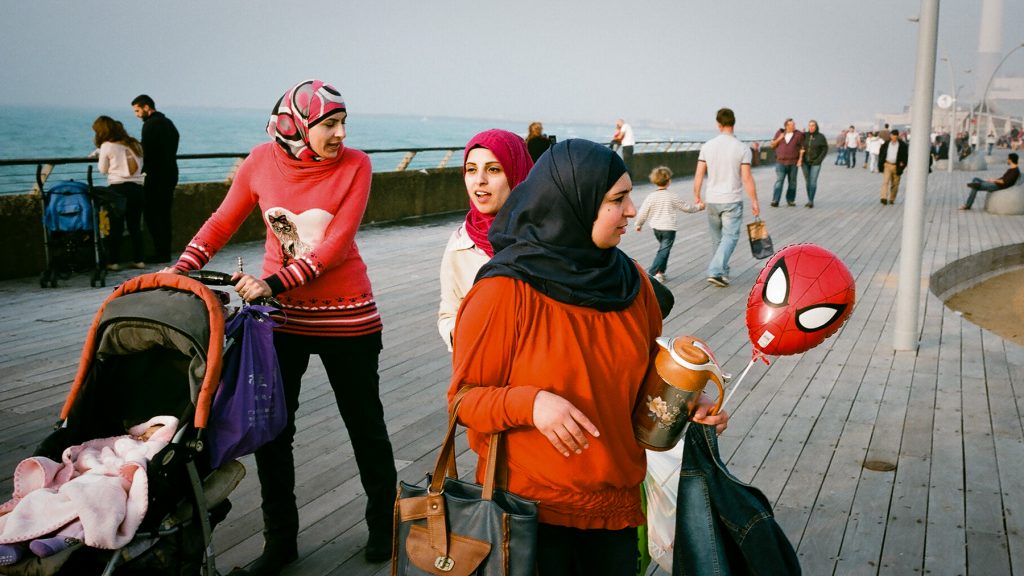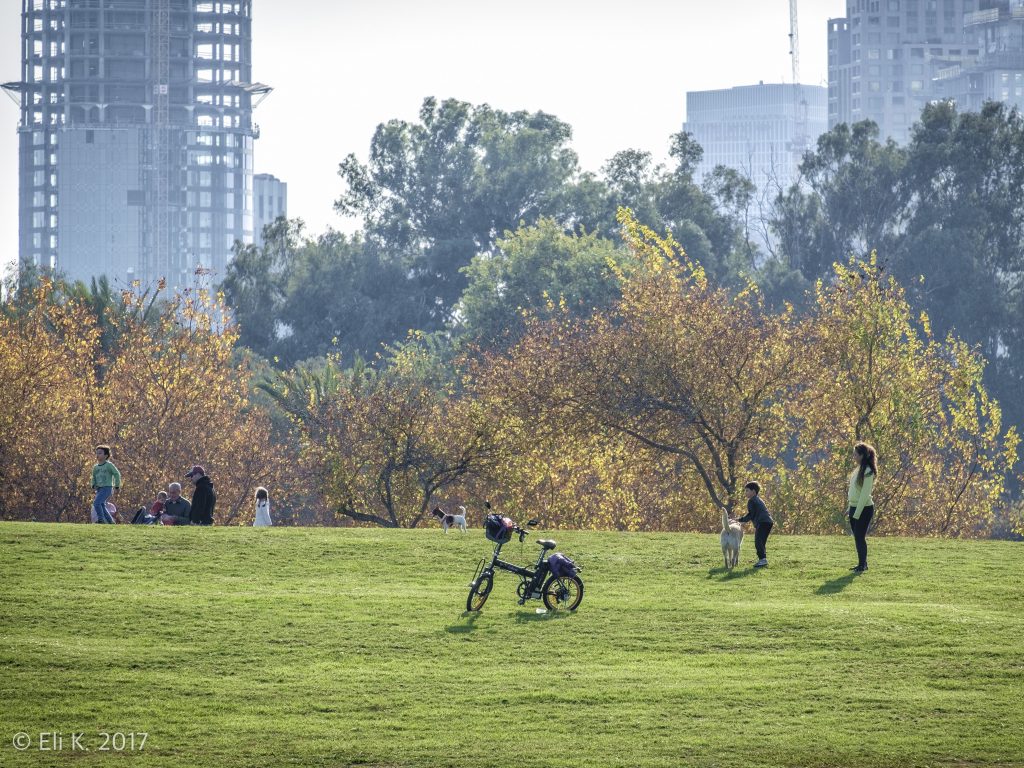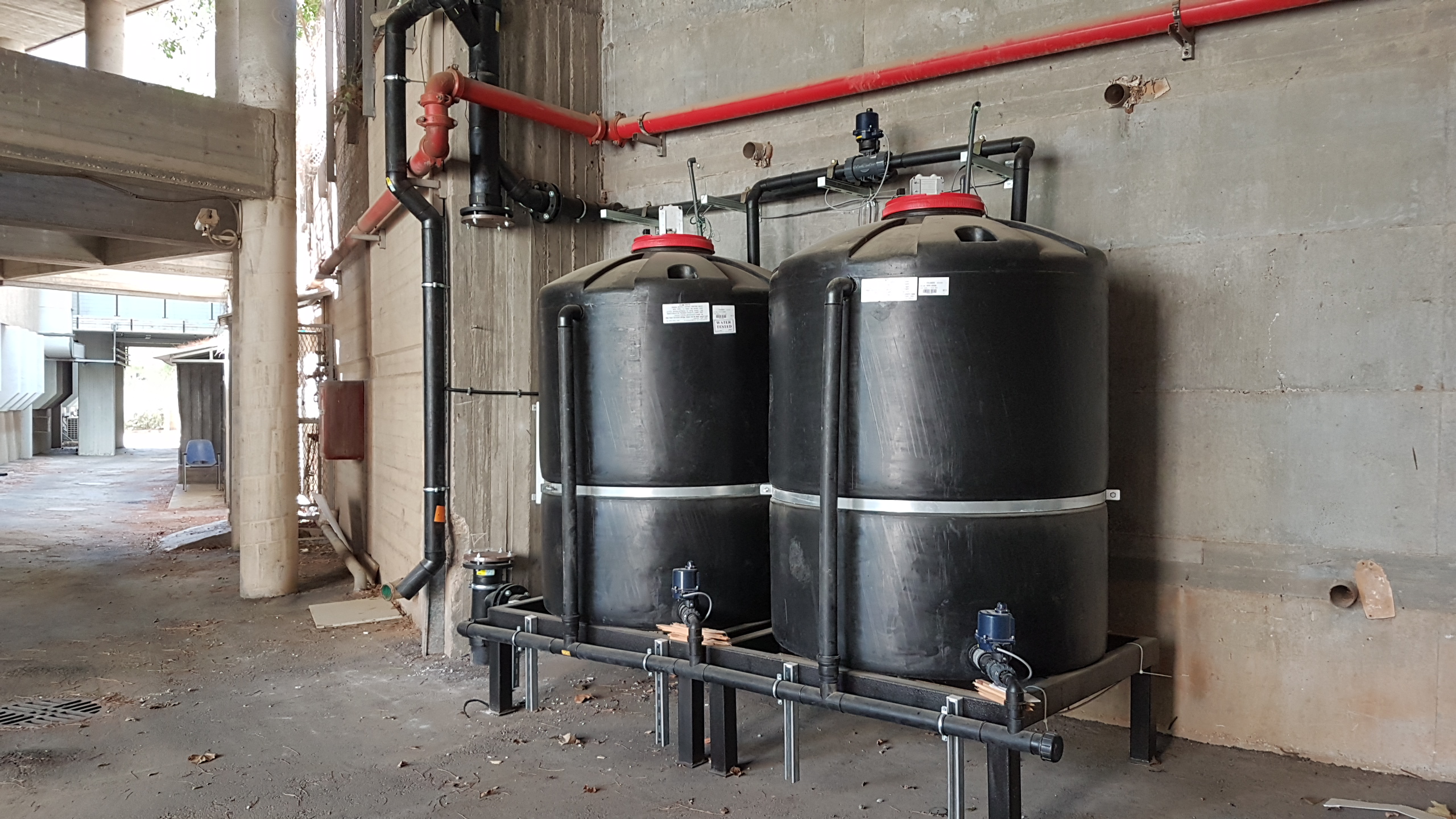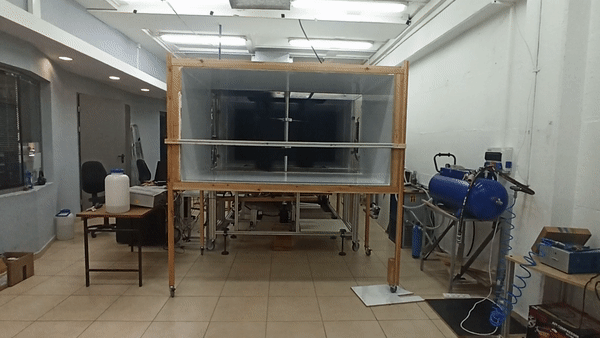Public Spaces and Mental Health in Times of COVID-19
July 12, 2020The global quarantine measures in the face of COVID-19 have been unprecedented. And while Israel is still struggling to prevent a second lockdown, city dwellers thirsty for the outdoors flock to the beaches and parks. What did COVID-19 teach us about the importance of public spaces in the city?
A new Israeli study published in May examines how short visits to the outdoor urban environment, compared to staying at home, affect Jewish and Muslim women’s psychological and physiological health.
To determine the effects of different urban environments on the women, Diana Saadi, during her PhD, under the supervision of Prof. Izhak Schnell and Prof. Emanuel Tirosh, measured different outcomes, including positive and negative emotions, heart rate variability (which assesses the autonomic nervous system balance), and working memory.
In addition, several other factors, or so-called mediators, were measured, such as noise, heat, and carbon monoxide levels.
“This is the first study comparing staying at home to spending time outdoors and the effects of different outside environments on humans. It’s also strong evidence for the importance of short visits to urban parks or green spaces, especially for city dwellers,” says Dr. Keren Agay-Shay, an environmental epidemiologist at the Azrieli Faculty of Medicine at Bar Ilan University and the principal investigator in this study.
“We can say two things for sure by looking at the findings of the study. For Arab women, every trip from their home, improved their mood and positive emotions, whether it was a visit to the urban environment or a city park. For Jewish women, an improvement in mood could only be seen in the parks. In addition, the greatest improvement for all the psychological, physiological, and cognitive outcomes was observed in parks for the Jewish and the Arab women,” Agay Shay says.

Linking the study to COVID-19
The headline of the study asks, “There is no place like home?” which is ironically reminiscent of the still ongoing corona crisis and the accompanied quarantine measures.
Although the experiment was conducted in 2015-2016 and has no connection whatsoever to the coronavirus pandemic, Agay-Shay emphasizes how COVID-19 has given the study results new and previously unforeseen importance. “Based on the study results, we knew that recreational visits to local parks or any public outdoor spaces have positive effects on our overall well-being. COVID-19 has not only substantiated that but shown us how fundamentally important those visits are.”
“During the COVID-19 quarantine, we all had to stay at home, and it’s important to remember how claustrophobic an experience that can be for someone who does not have a garden or a green space close to their home,” she adds.
According to Agay-Shay, the Central Bureau of Statistics and the Myers-JDC-Brookdale Institute, each ran a survey in which they found that during the quarantine, both Israeli Arab and Israeli Jewish people had an increase in stress and anxiety, depression and negative emotions more than usual. “However, the data demonstrates that the Arab population suffered more during the lockdown. The psychological effects like depression and stress were stronger than in the Jewish population, Agay-Shay says.”
“I am not going to speculate on the exact reasons for this disparity, but the fact that most Arab neighborhoods don’t have parks and green spaces, I think clearly had an impact on the mental state of many people in those communities during the lockdown,” Agay-Shay emphasizes.
In addition, Agay-Shay believes that socioeconomic factors and lower environmental justice in Israel also played a role in how different members of society experienced quarantine. Even in Tel Aviv, for instance, social inequalities and environmental injustices do exist throughout the city, especially when comparing the situation in the north to that of neighborhoods in the south of the city. According to Agay-Shay, these inequalities were intensified when people could only move within a 100-meter radius of their home.
“You were lucky if you live in a greener area or close to a park. If not, which is more often the case in the south than it is in the center or the north, quarantine can become very difficult and cause psychological effects and mental health issues like depression symptoms,” Agay-Shay concludes.

More public spaces for the public
According to Alon Zask, Senior Deputy Director-General of Natural Resources at the Ministry of Environmental Protection (MoEP), urban nature and city parks, especially in metropolitan areas, are of crucial importance to the public.
“The MoEP is currently putting a lot of effort and budget into conducting large-scale municipal surveys of all the natural sites in cities throughout the country,” he continues.
The aim of the surveys is to establis the ecological status as well as the flora and fauna of the individual sites and to determine how they can be maintained and persevered.
“Following that,” Alon says, “after we conducted the survey and have more details about the condition of the sites, including the vegetation and animal life, and how we can preserve them, we want to work in order to make them more accessible to the public,” Zask says.
“That means no fences or gates and no construction on the sites themselves,” he adds.
So far, surveys have been carried out by The Ministry of Environmental Protection and the Society for the Protection of Nature in Israel in more than 50 out of the 250 municipalities in Israel.
In this context, Zask also emphasizes the importance of rehabilitating the many streams and especially coastal streams that can be found dotted all over the country as they are a natural retreat from the city and are easy to reach from virtually anywhere.
“I wouldn’t go so far as calling the situation in the south of Tel Aviv an environmental injustice per se, rather a geographical issue. But it is definitely an issue that needs to be addressed, and that is one of the reasons we are doing the surveys,” Zask explains.
“Because once you mapped all the sites with urban nature, you can go ahead and implement steps that aim to make these places more accessible to the public, in both, the stronger socioeconomic areas and the poorer neighborhoods,” he continues.
In addition, Zask says that wealthier neighborhoods are often built-up with high-rise buildings, with little to no open space left for the public, whereas less affluent parts of the city have areas that could serve as public spaces.
“The budget of the MoEP is very small, and so there are limits to what we can do. But that being said, once we have completed the surveys, our goal is to get all the municipalities to adopt the recommended changes and implement them into their future city planning to ensure the preservation of green spaces in the urban environment,” Zask concludes.
This ZAVIT article was also published in The Jewish Journal on 07/10/2020.







